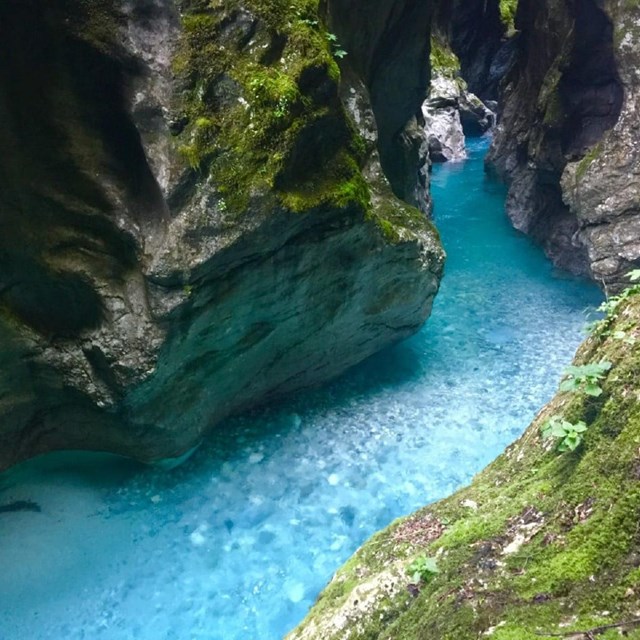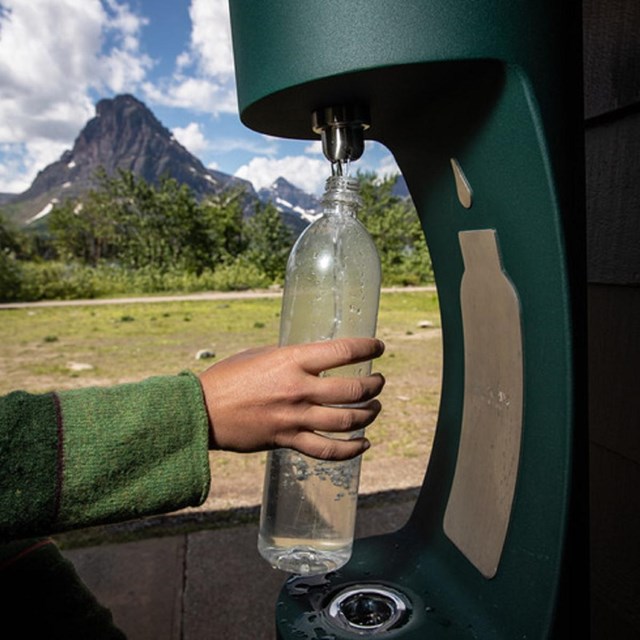50th Anniversary of the Clean Water Act
Water is life. We need clean water for our health and the health of our communities, our ecosystems, and even our economies. October 18, 2022, marks the 50th anniversary of the Clean Water Act. For the last five decades, we have made huge strides throughout our country in protecting clean water due in large part to the Clean Water Act. As we look ahead to the next fifty years, the National Park Service is committed to preserving and protecting clean water in our national parks. As the major pollutants change from discharge from factories to emerging contaminants such as pharmaceuticals in our waste, plastics in our waterways, and runoff from agricultural fields, we must continuously reassess if our waters are truly clean and make plans for what we can do to protect them for the benefit of future generations.
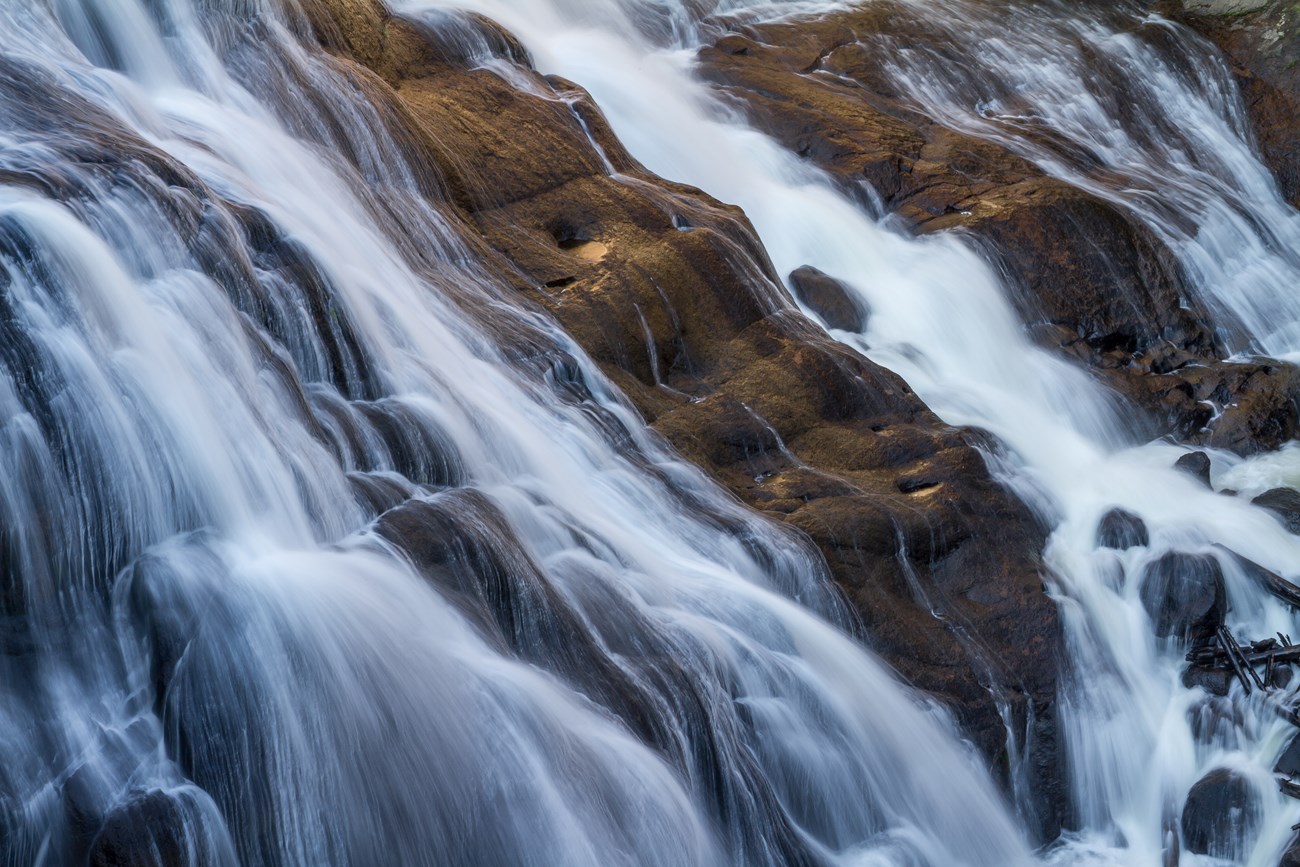
NPS / Dave Restivo
The Clean Water Act
Think of a time when you experienced clean water. Whether boating on a meandering river, taking a dip to cool off in the heat of summer, or fishing with family and friends comes to mind, these memories may not have been possible without the Clean Water Act. Fifty years ago, many of our waterways were polluted. In 1969, just north of what is now Cuyahoga Valley National Park in Cleveland, Ohio, the river actually caught on fire and it wasn’t the first time that had happened! The story of the 1969 Cuyahoga River Fire was circulated widely and spurred awareness and growing concern for controlling water pollution. In 1972, the Clean Water Act was established in part because of this shift in public opinion.
The objective of the Clean Water Act is to “restore and maintain the chemical, physical, and biological integrity of the Nation’s waters” in order to achieve the “goal of water quality which provides for the protection and propagation of fish, shellfish, and wildlife and provides for recreation in and on the water.” (CWA § 101) Thanks to the Clean Water Act, water quality has greatly improved across the country. In our parks and our communities, we are able to enjoy all the benefits that access to clean water brings—from being able to recreate in and on the water to healthy aquatic ecosystems that support a myriad of organisms (including us!). How do you think you benefit from clean water?
Find out more about the Clean Water Act.
What We Do
While the Environmental Protection Agency (EPA) is the lead agency on the Clean Water Act, the National Park Service works in tandem with EPA and other agencies and partners to protect clean water in and around parks. Here are just a few examples of how we are working to protect clean water in parks:
-
 USGS-NPS Water Quality Partnership
USGS-NPS Water Quality PartnershipExplore water quality projects supported by the USGS-NPS water quality partnership.
-
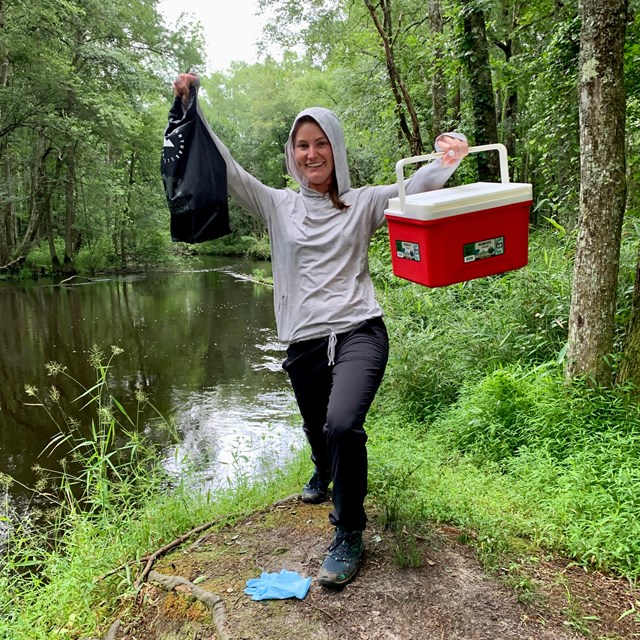 Adventure Scientists' WSR Project
Adventure Scientists' WSR ProjectAdventure Scientists' Wild & Scenic Rivers Project seeks to address water quality data gaps to update the status of WSRs across the nation.
-
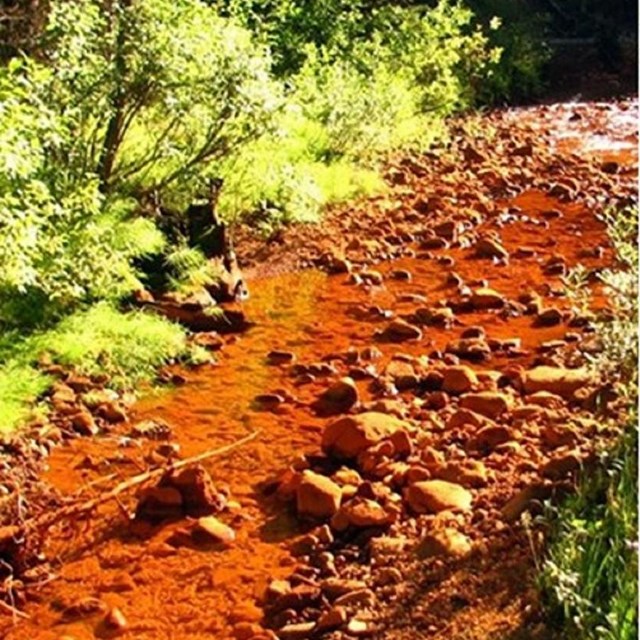 Soda Butte Creek - A Success Story!
Soda Butte Creek - A Success Story!Learn about the Montana water body to be delisted after completion of an abandoned mine reclamation.
What You Can Do
Protecting clean water is a job for us all. We all have a role to play in helping preserve water quantity and quality across the country and the world! Help us celebrate 50 years of the Clean Water Act by protecting clean water in parks and at home, learning about aquatic ecosystems, and exploring clean water in national parks.
Learn!
-
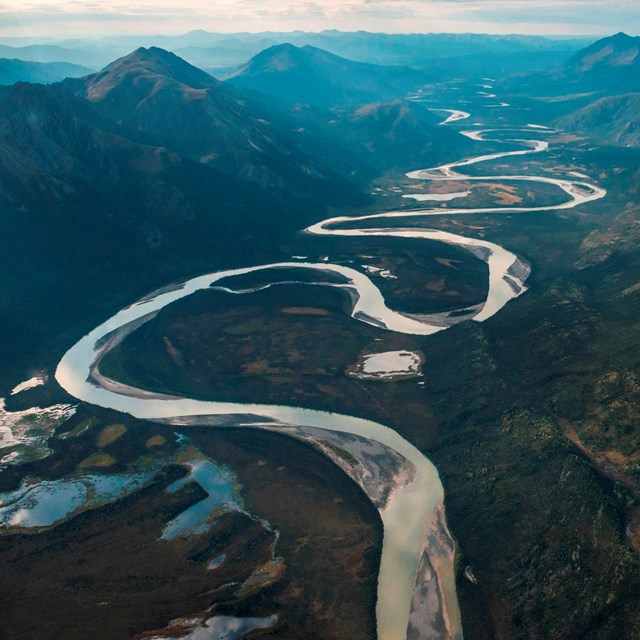 Rivers
RiversHundreds of rivers are located in the national parks, protecting both the river and land areas surrounding them. Discover a river near you!
-
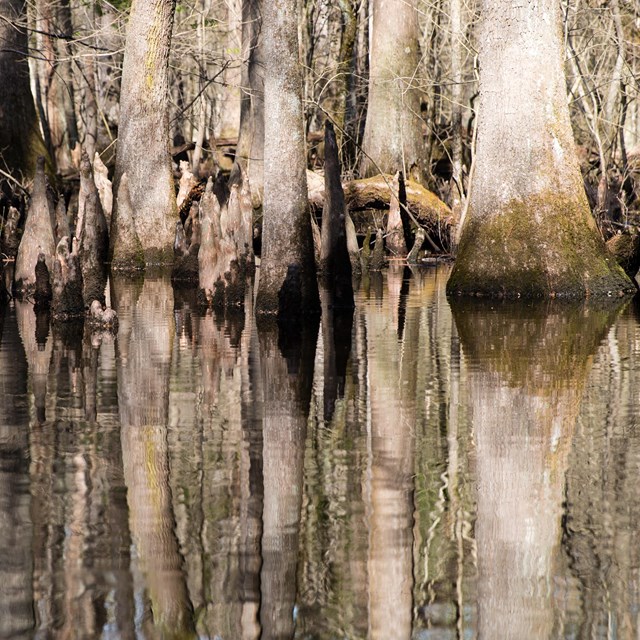 Wetlands
WetlandsWetlands are the links between land and water. Discover this unique and important habitat for plants and animals.
-
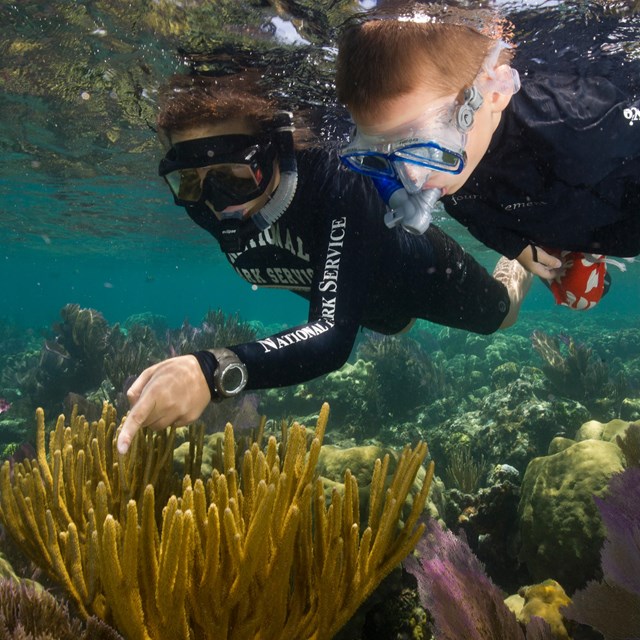 Oceans, Coasts, & Seashores
Oceans, Coasts, & SeashoresCoral reefs, kelp forests, beaches, estuaries, islands, and more! These 88 ocean, coastal, and Great Lakes parks have so much to explore.
Explore!
-
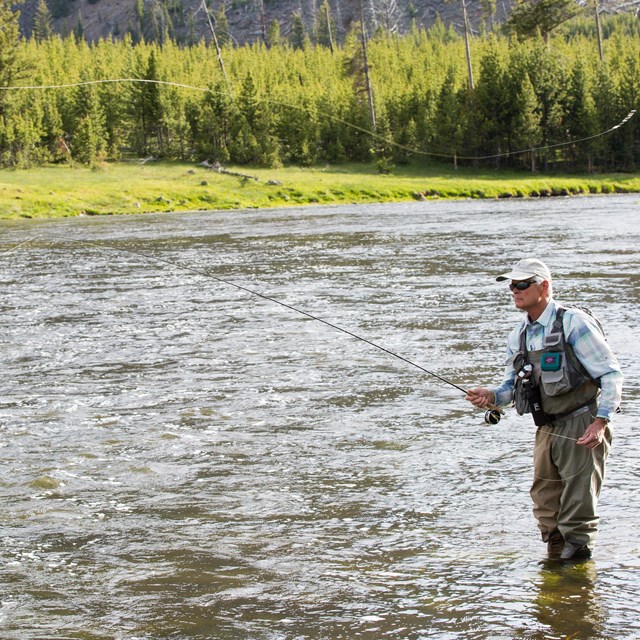 Fish & Fishing
Fish & FishingFish need healthy aquatic ecosystems to survive and thrive. Discover opportunities to experience fish and fishing in national parks.
-
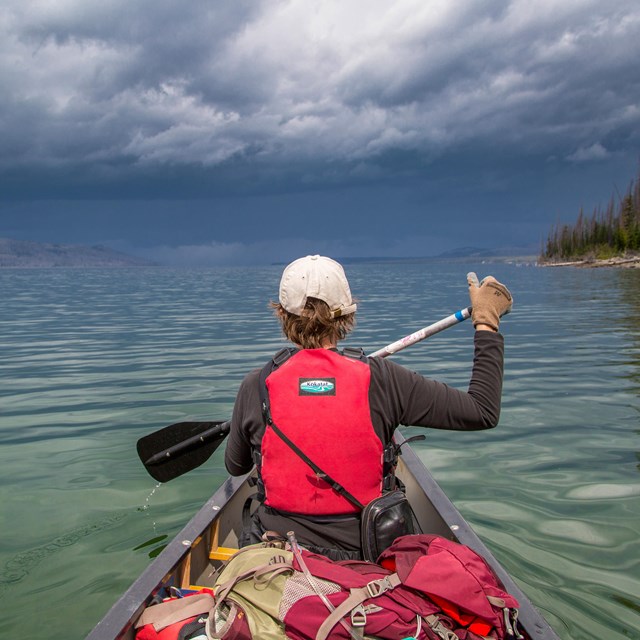 Boating & Watersports
Boating & WatersportsNational parks feature some of the most pristine waters in the U.S. These rivers, lakes, and oceans are a great source of recreation.
-
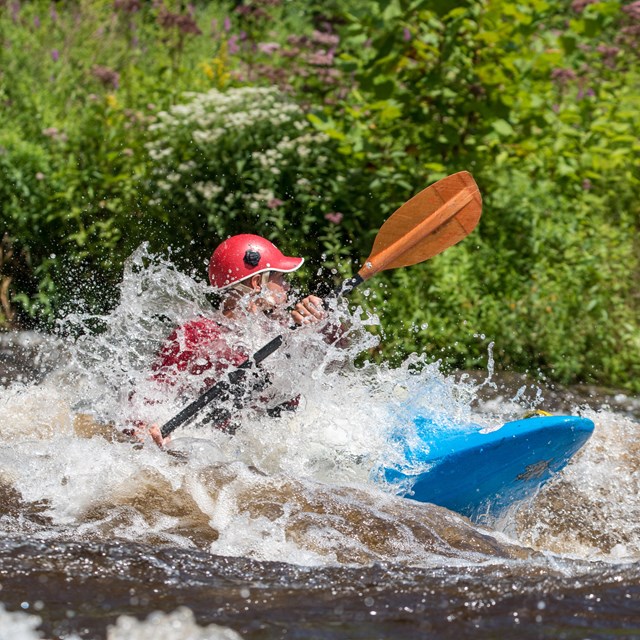 Recreate Responsibly
Recreate ResponsiblyWith your help, we can enjoy our national parks while preserving them for future generations. Learn how you can recreate responsibly.
Last updated: September 27, 2022

